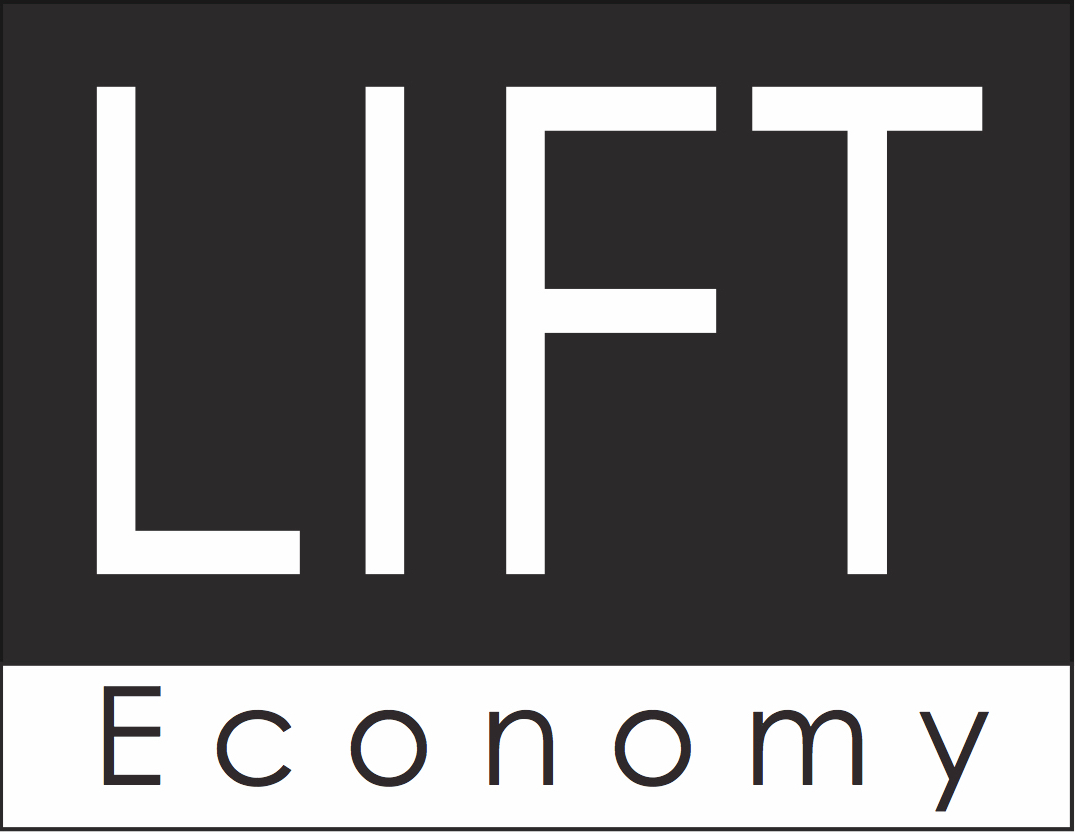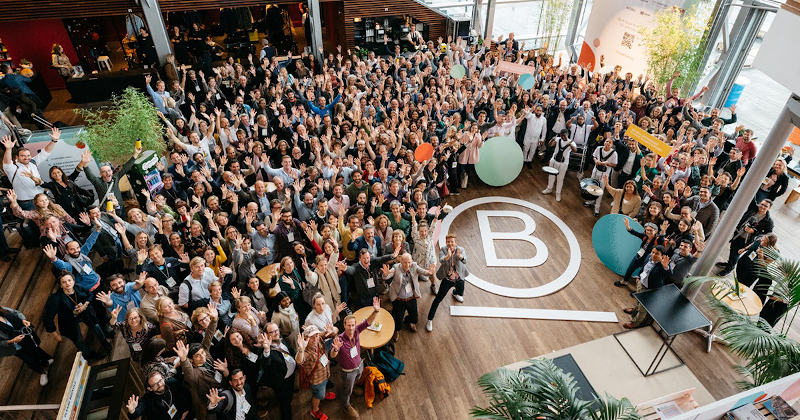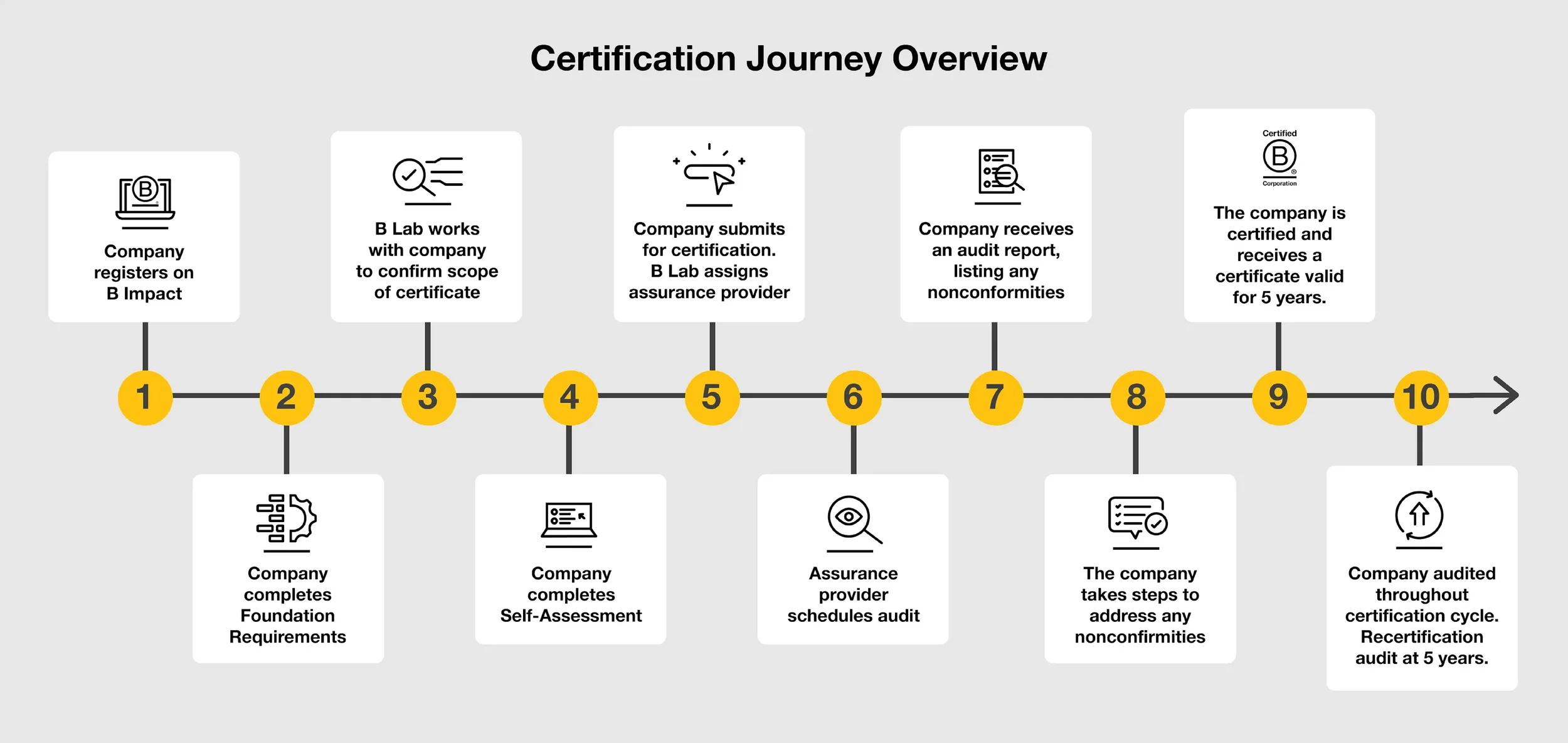B Lab recently announced a round of updates about the new B Corp Standards—and they’re worth your attention. Some tighten expectations, some buy a little more time, and all of them confirm that this transition is one of the most complex the movement has ever seen.
V1.6 Deadline Extended to February 2026 (For New Certifications Only)
Here’s the headline: companies applying for their first B Corp certification under the current V1.6 standards now have until February 2026 to submit.
That’s a shift from the long-stated December 31, 2025 cutoff. For months, B Lab had framed that date as final. So this two-month extension caught a lot of people by surprise. It’s limited to newly certifying companies—not existing B Corps—but it says a lot about the scale of this rollout. The extra time reflects how complex the shift to the new standards has become.
Third-Party Audits, New Multi-Year Framework, & 5 Year Cert Timelines?
The new certification process officially introduces third-party audits. Independent assurance providers will now review documentation and performance instead of B Lab handling it all internally.
On top of that, the certification itself will unfold over multiple checkpoints—Year 0, Year 3, and Year 5. Year 0 sets the baseline, Year 3 adds new expectations, and Year 5 verifies long-term integration. This approach raises the bar for credibility and continuous improvement, which is good for the movement but means companies will need to stay sharp and organized over time.
The certification period itself is also expanding from two years to five. That means once certified, companies will be evaluated less often but held to higher, ongoing expectations through the Year 3 and Year 5 checkpoints.
v2.1 Certification Overview (source: B Lab)
The New 10-Step Certification Pathway
B Lab has now laid out, for the first time, a clear visual roadmap of the full certification journey—from registration and self-assessment through third-party audit and the five-year recertification cycle. The process confirms what many of us expected: certification will require more documentation, more follow-up, and more rigor. For anyone planning to certify or recertify, it’s worth studying this 10-step overview closely.
Branding and Messaging Updates Coming in 2026
B Lab plans to release a new brand book in January 2026. It’ll spell out how companies can use the B Corp mark, what claims are approved, and which messaging will be reserved for companies meeting the new standards.
If your business uses the B logo on packaging or in marketing, get ready to refresh your materials next year. This shift is all about protecting the credibility of the brand and ensuring impact language matches verified performance.
Alignment with the EU’s ECGT Directive
B Lab continues to align the new certification framework with the EU’s Empowering Consumers for the Green Transition (ECGT) Directive. The goal is to ensure B Corp certification remains a legally compliant, trusted mark for sustainability claims in European markets.
For a deeper dive, I wrote about this intersection here: New Updates: What B Corps Need to Know About ECGT (LinkedIn).
What Does This All Mean?
These updates show a massive amount of behind-the-scenes work from B Lab. They’re trying to build a stronger, fairer, more globally consistent certification process—and to their credit, they’re doing it while the plane is still flying.
It’s a lot to absorb. The timelines are shifting. The verification process is new. The standards are tougher. And yet, I’m confident it’ll all shake out in the right direction. If you want to dig deeper or start preparing your own company for the transition, here’s where to go next:
Read B Lab’s latest blog post on the new certification updates (bcorporation.net)
Check out my ECGT article on how this connects to the EU’s ECGT Directive (LinkedIn)
Reach out to our team at LIFT Economy to talk through how these changes might affect your business (lifteconomy.com):


